Biodiversity Begins at Home: How Your Yard Can Make a Difference
When my baby's tiny hand reached out to touch a newly sprouted seedling in our garden last week, I was struck by a powerful realization: the connection between humans and nature begins in our earliest moments and starts right in our own backyards.
This moment of wonder got me thinking about biodiversity and our responsibility to nurture it—not just in distant wilderness preserves, but in the landscapes we interact with every day.
The Biodiversity Crisis in Our Own Backyards
According to renowned entomologist and ecologist Dr. Doug Tallamy, we're facing a biodiversity crisis, and the solution begins at home. As Tallamy puts it, "We've got a biodiversity crisis. We don't have to go into that again, except to say it's real. It's getting worse."
The traditional conservation model of protecting only pristine wilderness areas isn't enough anymore. "We do have parks. We do have preserves," Tallamy notes, "But everything in between those parks and preserves is private property. And those are the areas we have to make into viable habitats, because the parks and preserves are too small and too isolated."
This is the foundation of Tallamy's "Homegrown National Park" initiative—a grassroots movement encouraging homeowners to convert their yards into productive native plant habitats that support local ecosystems.
Why Your Yard Matters
Think your small urban lot or suburban yard doesn't matter? Think again. According to Tallamy, "Seventy-eight percent of the lower 48 states is privately owned." That means our collective yards represent a massive potential habitat that could dramatically impact biodiversity.
Even the smallest spaces can contribute. As Tallamy explains, "In a flower pot you can grow a flowering native plant that supports pollinators. You can put Joe-pye weed in a container and it's a wonderful butterfly plant."
Contributors, Non-Contributors, and Detractors
Tallamy categorizes plants into three important groups when considering their ecological value:
Contributors: Native plants that support local food webs by feeding insects, which in turn feed birds and other wildlife.
Non-Contributors: Non-native ornamentals that don't become invasive but don't contribute to the food web either. Tallamy calls these "statues"—they may look nice but provide little ecological function. Ginkgo trees are an example.
Detractors: Invasive non-native plants that escape into natural areas and crowd out beneficial native species. These include plants like burning bush, multiflora rose, and Bradford pear.
Simple Steps to Support Biodiversity at Home
Ready to transform your yard into a biodiversity hotspot? Here are some practical ways to start:
Reduce your lawn area: Lawns are ecological "dead zones" that require significant resources to maintain. Replace portions with native plant gardens.
Plant native trees and shrubs: A single oak tree can support over 500 species of caterpillars, which are essential food for birds and their young.
Choose late-blooming native flowers: Plants like New England aster and goldenrod provide critical food for migrating monarch butterflies and other pollinators in fall.
Avoid pesticides: These chemicals kill beneficial insects along with pests.
Let leaves remain: Fallen leaves provide habitat for many beneficial insects and other invertebrates.
A Personal Responsibility
Perhaps the most powerful message from Tallamy is one of personal responsibility: "No matter where you live, no matter whether you're part of the choir, you require healthy ecosystems. You are on this planet, and you exist because of them... You require nature, and that means it is your responsibility to help take care of it."
This responsibility extends to everyone, regardless of property size or location. Whether you have acres of land or just a small balcony with container plants, your choices matter.
As Tallamy reminds us, "We're going to have to toss that idea and learn how to coexist—how to have functional ecosystems in human-dominated landscapes so that nature can thrive where there are a lot of humans."
Hope for the Future
Despite the challenges, Tallamy remains optimistic. When he and his wife purchased a 10-acre section of a defunct farm in Pennsylvania and began restoring it with native plants, the results were remarkable. Twenty years later, they've documented 1,267 moth species and 62 bird species thriving on their property.
"It really works!" Tallamy exclaims, "For years now, I have been claiming that restoration works, that nature is wonderfully resilient, and that, with a little help, she can rebuild biodiversity throughout human-dominated landscapes whenever she is given half a chance."
As I watch my little one's fascination with that seedling, I'm reminded that the work we do in our yards today creates the biodiversity our children will inherit tomorrow. By making our home landscapes more biodiverse, we're not just helping wildlife—we're creating connections between our families and the natural world that sustains us all.
This blog post references the work and philosophy of Dr. Doug Tallamy, professor in the Department of Entomology and Wildlife Ecology at the University of Delaware and co-founder of Homegrown National Park. Learn more about his work at HomegrownNationalPark.org.

